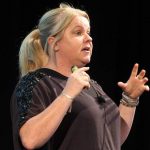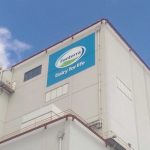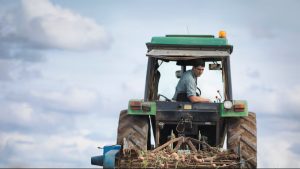
Dairy farms have seen significant variations in cashflow since spring 2022.
Input costs such as feed, fuel, fertiliser, and energy increased significantly however farmgate milk and livestock prices also increased sharply with milk price peaking in December at 52ppl. However, the farmgate milk price received by dairy farmers has reduced significantly since January 2023, with an average base price of 28.5ppl paid in August 2023.
Financial planning is vital to ensure there is sufficient cash available for the business to trade through periods of depressed milk price.

In order to assess the current technical and financial performance of the business, management tools such as the Dairy Margin Over Concentrate programme, a cashflow planner, benchmarking data or management accounts should be used to inform future decision making.
Cash flow projections should be carried out for the next 12 months to determine whether action is needed to ensure adequate funds are available.
Cash is essential for farms to operate and meet monthly running costs. Cash flow is simply the movement of money into and out of your business. A cash flow budget should include realistic estimates of the level of production, prices and timescales.
Cash is needed throughout the year but is not spread evenly across the months, as there are certain times when large expenses such as conacre or a contractor bill must be paid.
Whilst looking at cash flow, it makes sense to review all expenditure, to ensure it is both necessary and good value for money. A good starting point is to review your farm bank statements over the last year and use this to plan ahead. Ask yourself, what, if anything can be done without.
A cash flow budget highlights times in the year when borrowing money may be necessary to keep the business going until sufficient income is generated. It also shows when peak borrowing will occur. This allows you to identify your maximum requirement for finance.
A bank overdraft is ideal for short term, flexible borrowing, but not for longer term or fixed borrowing. CAFRE has a cash flow template available at: www.cafre.ac.uk/CAFREcashflow
Consider postponing major expenditure until prices improve. High interest charges and finance costs just add to the strain in difficult times. Be aware of your overdraft situation and talk to your bank manager early if you are likely to exceed your overdraft limit.
The earlier financial issues are discussed, the more options there are to help resolve them. Individual farms should identify essential and non-essential spending and prioritise areas where there is a return on investment such as animal health.
CAFRE will be organising a series of information sessions on different aspects of making the business more resilient to cope with increasing volatility. These sessions will address practical steps that a business can take to improve resilience.
By Martin Reel, Business Team, CAFRE.




















